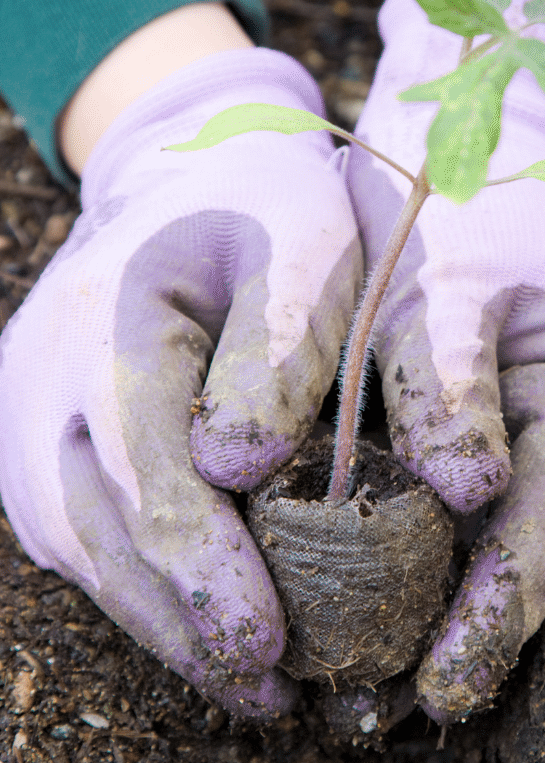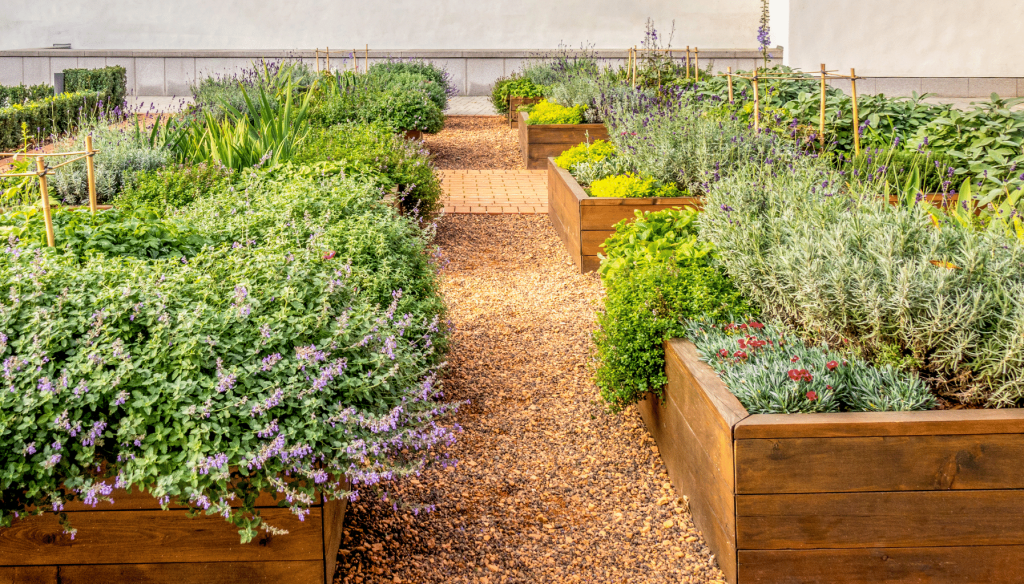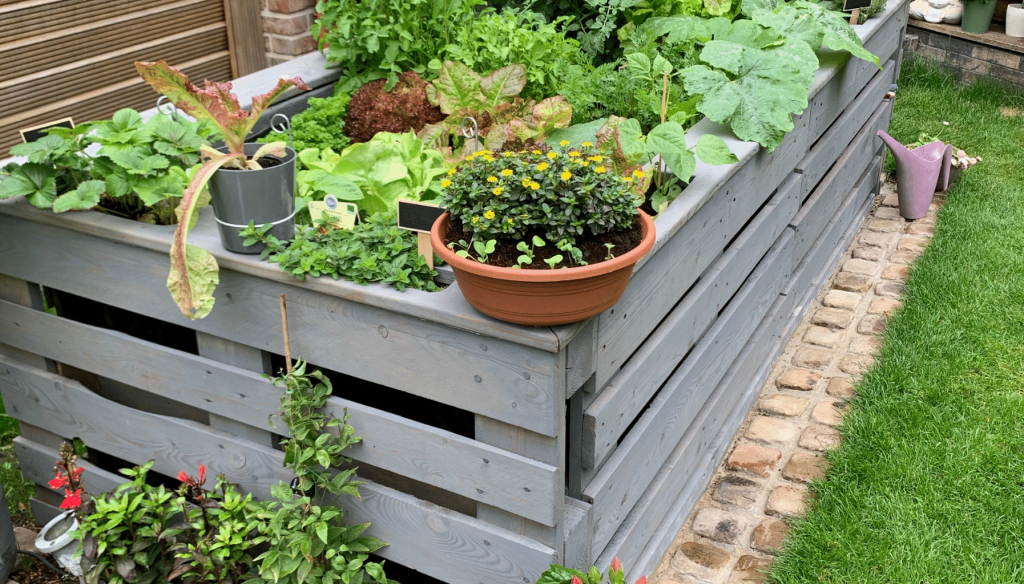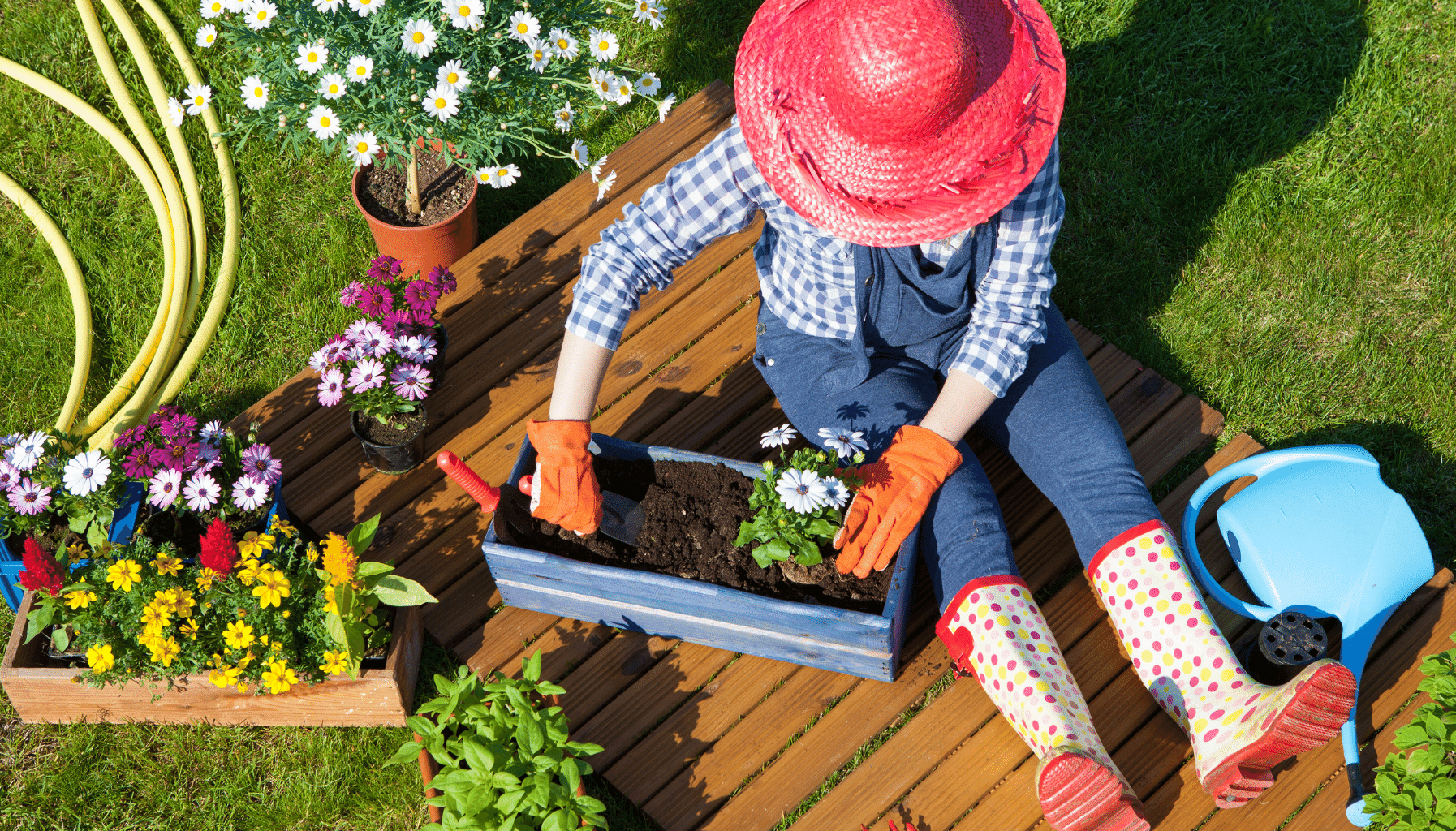Garden Bed Ideas
Gardening
Looking to enhance your garden beds?
Consider raised garden beds for efficient plant growth with better drainage and less weeding. Opt for flower border designs to attract pollinators with vibrant blooms of varying heights and colors. Herb garden layouts blend culinary and medicinal herbs in well-grouped sections for easy maintenance, while vegetable garden arrangements organize crops by sunlight needs and spacing.



Explore rock garden inspirations for dynamic design using various rocks and plant combinations. For more diverse and inspiring garden bed ideas, a world of creativity awaits your green thumb.

Flower Border Designs
Enhance your garden with vibrant and eye-catching flower border designs.
Adding a flower border to your garden bed brings color and beauty and attracts beneficial pollinators.
You can create a stunning visual impact by choosing various flowers with different heights, colors, and blooming seasons. Consider planting tall flowers like hollyhocks or delphiniums at the back, medium-sized blooms such as lavender or daisies in the middle, and low-growing plants like alyssum or lobelia at the front.
Mixing annuals and perennials can ensure continuous blooms throughout the seasons. Additionally, edging the border with decorative stones or a low hedge can give your garden a clean and polished look.
Garden Inspirations
Garden
Beds.
Raised Garden Beds
Raised garden beds are an efficient way to grow plants in a controlled environment. Compared to traditional in-ground gardens, they offer better drainage, warmer soil, and fewer weeds.
When constructing raised beds, choose a sunny location and ensure the bed is level. Use quality soil mixtures to provide the necessary nutrients for your plants to thrive. Vegetables, herbs, and flowers all flourish in raised garden beds.
The raised height can also help reduce strain on your back and knees while gardening. To deter pests, consider adding a barrier or companion planting.
With proper maintenance and care, raised garden beds can yield a bountiful harvest and enhance the beauty of your outdoor space.


Herb Garden Layouts
To create well-organized and visually appealing herb garden layouts, consider incorporating a mix of culinary and medicinal herbs that suit your needs and preferences. Start by grouping herbs with similar water and sunlight requirements together. For example, drought-tolerant herbs like lavender and rosemary should be placed in one area, and moisture-loving herbs like parsley and mint in another.
Utilize raised beds or containers to separate different herb varieties and prevent them from overcrowding each other. Incorporating pathways between herb sections not only adds functionality but also enhances the overall aesthetic of your garden. Additionally, consider adding decorative elements like trellises for climbing herbs or small sculptures for a personalized touch.
Vegetable Garden Arrangements
For an efficient and visually appealing vegetable garden layout, consider organizing your crops based on their sunlight and spacing requirements. Group sun-loving plants like tomatoes, peppers, and cucumbers together in a spot that receives at least 6-8 hours of sunlight daily.
Leafy greens such as lettuce and spinach can thrive in partial shade, making them ideal companions for taller plants that provide shade. When planning your layout, consider the mature size of each vegetable to avoid overcrowding.
Use vertical space by growing climbing plants like beans or peas on trellises to maximize space. Remember to rotate crops annually to prevent soil depletion and pest buildup, ensuring a bountiful harvest year after year.
Rock Garden Inspirations
Consider incorporating various sizes and shapes of rocks to create a dynamic and visually striking rock garden design. Start by arranging larger rocks as focal points or borders and fill the gaps with smaller pebbles or gravel for a polished look.
Utilize different textures and colors to add depth and interest to your rock garden. Integrate plants that complement the rocky landscape, such as succulents or alpine plants that thrive in well-drained soil.
To prevent weeds, lay down landscaping fabric before placing the rocks and elevate the garden bed if needed to ensure proper drainage. You can craft a low-maintenance and eye-catching rock garden by harmonizing natural elements to enhance your outdoor space.
Frequently Asked Questions
Are There Any Specific Plants That Are Known to Attract Beneficial Insects to the Garden?
Consider planting plants like lavender, dill, and marigolds to attract beneficial insects to your garden.
These plants add beauty and attract pollinators and predators that help keep harmful pests at bay.
How Can I Prevent Pests and Insects From Damaging My Garden Bed Plants?
Use natural repellents like neem oil or garlic spray to prevent pests and insects from damaging your garden bed plants.
Regularly inspect your plants for signs of infestation and promptly remove any affected areas.
What Are Some Creative Ways to Incorporate Recycled Materials Into Garden Bed Designs?
You can repurpose old containers, pallets, or tires for planters to incorporate recycled materials into garden bed designs.
Use mason jars, tin cans, or broken furniture pieces to get creative.
Embrace sustainability while adding a unique touch to your garden.
How Can I Use Vertical Space Effectively in a Garden Bed Layout?
To use vertical space effectively in your garden bed layout, consider adding:
- Trellises for climbing plants
- Hanging baskets for herbs
- Wall-mounted planters for flowers
These options maximize space and add visual interest.
What Are Some Tips for Maintaining the Soil Quality in Raised Garden Beds Over Time?
To maintain soil quality in raised garden beds over time, it is important to follow a few key practices:
- Regularly amend the soil with compost
- Rotate crops
- Mulch to retain moisture
- Test soil pH
These practices help ensure healthy plant growth and sustainable garden beds.
When planning your garden beds, consider incorporating raised beds for easy maintenance.
Adding flower borders can provide a pop of color while organizing herbs in a convenient layout can make them easier to access.
Arranging vegetables strategically can promote efficient growth, and incorporating rocks can add a unique touch to your garden design.
With these ideas, you can create a beautiful, functional garden space that suits your style and needs. Happy gardening!

